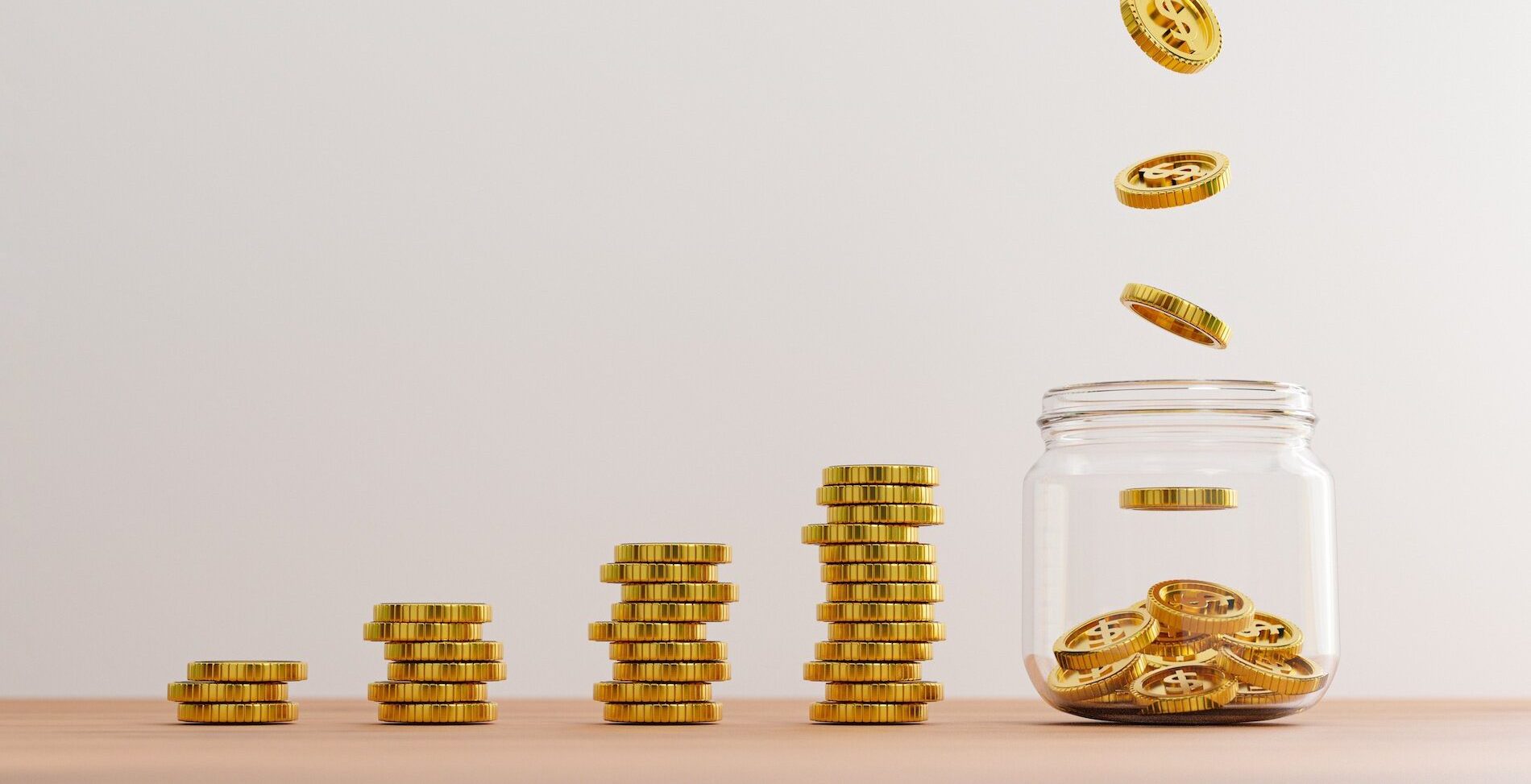Whether it’s COVID-19, a flooded basement, or car repairs, emergencies can come in all shapes and sizes. They have the potential to impact anyone and often come with financial repercussions. An emergency fund acts as a way to weather these unforeseeable events and their inevitable expenses. By creating a financial safety net, you’ll be able to manage unexpected finances while maintaining your financial health and avoiding debt.
What is an emergency fund?
Why you can trust us
The team at WealthRocket only recommends products and services that we would use ourselves and that we believe will provide value to our readers. However, we advocate for you to continue to do your own research and make educated decisions.
Frequently Asked Questions
Not to be the bearer of bad news, but your emergency fund savings are not for vacations. In fact, it isn’t for any planned purchases, regardless of how expensive they are.
Savings in an emergency fund are for financial stability during unexpected emergencies and urgent situations. Things like a car accident, a trip to the emergency room, job loss, or a sudden illness.
These are examples of unexpected life events. Your emergency fund is a rainy day. It would be best if you only dipped into it for the sole purpose of keeping you and your finances afloat.
Since there are various types of debts, whether you should start saving or paying off debt depends on the type of debt you currently have.
Paying off high-interest debt, such as credit card debt or loans, should always be a priority over saving, as these types of debt can become quite costly in the long run.
You’ll typically want to tackle the debt with the highest interest rate first. Some exceptions apply, however. Major debts with stable interest rates, such as student loans, car loans, or a mortgage, can receive the minimum payment if you intend to save money and build an emergency fund.
Of course, having no debt at all is always the best scenario. But, if you’re looking to start saving some money, aim to save at least $1,000 towards your emergency fund. Once you’ve built an adequate safety net, you can return to paying any remaining debts.
